MCAT review Behavioral sciences
1/303
Earn XP
Description and Tags
Name | Mastery | Learn | Test | Matching | Spaced |
|---|
No study sessions yet.
304 Terms
Paul Broca
discovered area in the brain (named for him) in the left frontal lobe responsible for language production
incongruence
gap between actual self and ideal self
hindsight bias
tendency for a person to overestimate how well he or she could have successfully predicted a known outcome
observer bias
bias on the part of the observers recording the data could have contaminated the original results
social exchange theory
need to know the value of the benefit as well as negative costs of choosing a social association
transference
unconscious redirection of feelings from one person to another
individual agency
capacity of individuals to act independently and to make their own free choices
latent inhibition
familiar stimulus takes longer to acquire new meaning than new stimulus
automatic processing
generally occurs outside of conscious awareness and is common when undertaking familiar and highly practiced tasks.
short term memory capacity
7 ± 2 items
elaboration likelihood model
attitudes are formed and changed through different routes of informational processing based on the degree of deep thought given to persuasive information
splitting
symptom of BPD
view those whom they see as kind to them as good and those who are not kind to them as bad
repression
unconsciously removing an idea or feeling from consciousness
functional analysis
analyzing functions from both an engineering and societal point of view
suppression
consciously removing an idea or feeling from consciousness as a healthy defense mechanism
strain theory
emphasizes how people who are not able to pursue legitimate goals may turn to illegitimate means to pursue their goals
differential association theory
people learn to become deviant when they regularly interact with people who perceive deviant acts as normal
Yerkes-Dodson law
increasing interest increases arousal, which enhances performance
social reproduction
tendency of individuals to belong to same social class as their parents
horizontal mobility
change in occupation or lifestyle by an individual that keeps that individual within the same social class
semantic memory
type of explicit memory
involves the recollection of facts, ideas, or concepts that a person knows, but are not tied to a specific life experience of event
episodic memory
memory of everyday events (such as times, location geography, associated emotions, and other contextual information) that can be explicitly stated or conjured
autobiographical
social exchange theory
analyzes social interactions in the context of rewards and punishments
conscientiousness
self-disciplined and strive for achievement and competence
agreeableness
tendency to be compassionate to others and trust other people
neuroticism
frequent unpleasant emotions
positive correlation with anxiety and frequent conflicts with other people
openness
tendency to enjoy new intellectual experiences and ideas
extraversion
tendency and intensity to which someone seeks interaction with their environment, particularly socially.
Perceptual organization
complete picture or idea by combining top-down and bottom-up processing w/ other sensory clues
self-serving bias
attribute success to dispositional attributions
attribute failures to the situation
case control study
divide participants into groups of cases and controls, and then going back in time to see differences in exposure
cohort study
dividing participants into two groups based on exposure and then tracking how those groups developed a disease
inclusive fitness theory
number of offspring and ability to protect and raise its offspring to reproduce
used to explain altruistic behavior
Demographic transition theory
Stage I: preindustrial society; birth and death rates high
Stage II: economic progress and social improvements; high birth rates and declining death rates
Stage III: shift from agricultural to industrial economy; birth rates drop
Stage IV: industrialized society; birth and death rates low
Stave V: declining population; death rate higher than birth rate
Game Theory
focuses on rational behavior of interacting people
People are rational beings who act according to their self-interest
social constructionism
facets of social reality—such as concepts, beliefs, norms, and values—are formed through continuous interactions and negotiations
belief perseverance
when presented with information of varying opinion, people are more likely to believe information that confirms their opinion
strengthens already held beliefs
control theory
inner controls and outer controls—work against our tendencies to deviate
decentralized control - market pressures
centralized control - bureaucracy
observational learning
people learn prejudicial attitudes from others in their environment while growing up
anomie
condition wherein an individual may experience a sense of normlessness
may engage in deviant behavior
breakdown of social bonds b/w an individual and society
inductive reasoning
drawing a conclusion from specific to general
disconfirmation principle
accepting evidence supporting beliefs while rejecting evidence refuting them
identification
when someone outwardly accepts the ideas of others even if they don’t believe them
internalization
changing one’s behavior to fit with the group while also privately agreeing with the ideas of the group
fundamental attribution error
judging the behavior of others in terms of personal characteristics rather than taking the specific situation into account
humanistic perspective
centered on the use of free will and how to best apply it
self-actualization; helping patients become more complete and fulfilled individuals
behaviorist perspective
only concerned with observable stimulus-response behaviors, as they can be studied in a systematic and observable manner.
social cognitive perspective
portions of an individual's knowledge acquisition can be directly related to observing others within the context of social interactions, experiences, and outside media influences
conflict theory
tensions arising because of inequality or competition b/w limited resources
paternalism
people with authority or high status have better information and more right to make decisions than other people
cultural capital
any non-financial asset that helps improve an individual’s position/status in society
Pierre Flourens
extirpation/ablation; concluded that different brain regions have specific functions by removing pieces of brain
Franz Gall
phrenology; associated development of a trait with growth of its relevant part of the brain
Sir Charles Sherrington
first inferred the existence of synapses
right hemisphere of brain
creativity, spatial ability, context/perception, face, places, and objects
left hemisphere of brain
speed and language, analysis, time and sequencing
Catecholamines include
epinephrine, norepinephrine, dopamine
William James
founder of functionalism; studied how humans use perception to function in our environment
fMRI
a form of magnetic resonance imaging of the brain that registers blood flow to currently functioning areas of the brain
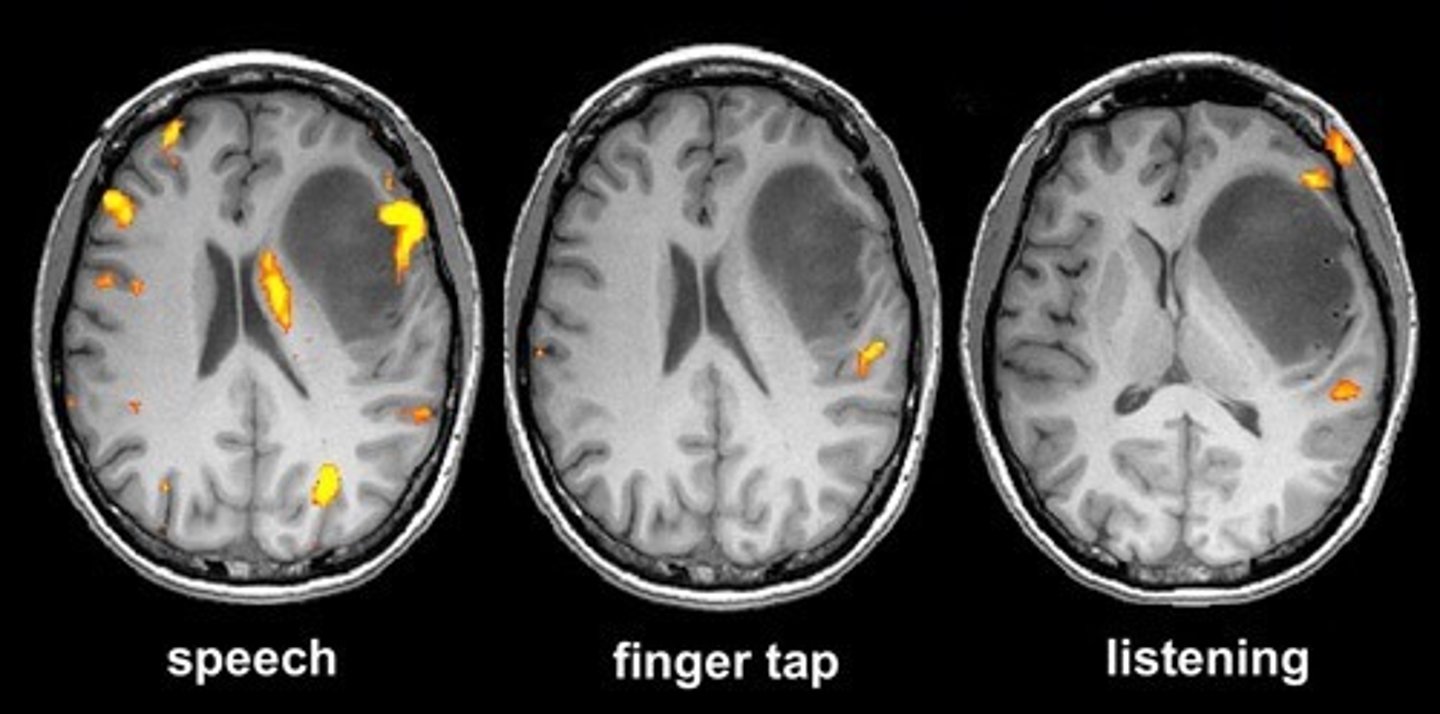
multiple sclerosis
A chronic disease of the central nervous system marked by damage to the myelin sheath. Plaques occur in the brain and spinal cord causing tremor, weakness, incoordination, paresthesia, and disturbances in vision and speech
John Dewey
believed psychology should focus on the study of the organism as a whole and criticized breaking reflexes into parts
Hermann von Helmholtz
measured speed of a nerve impulse and made psychology a natural science
meninges
dura mater, arachnoid mater, pia mater
limbic system
emotion and memory (aggression, fear, pleasure, pain)
includes septal nuclei, amygdala, hippocampus, and anterior cingulate cortex
basal ganglia
movement
reticular formation
arousal and alertness
Electroencephalogram (EEG)
Graphical record of brain-wave activity obtained through electrodes placed on the scalp and forehead
rCBF
detect blood flow to parts of the brain; patient inhales harmless radioactive gas
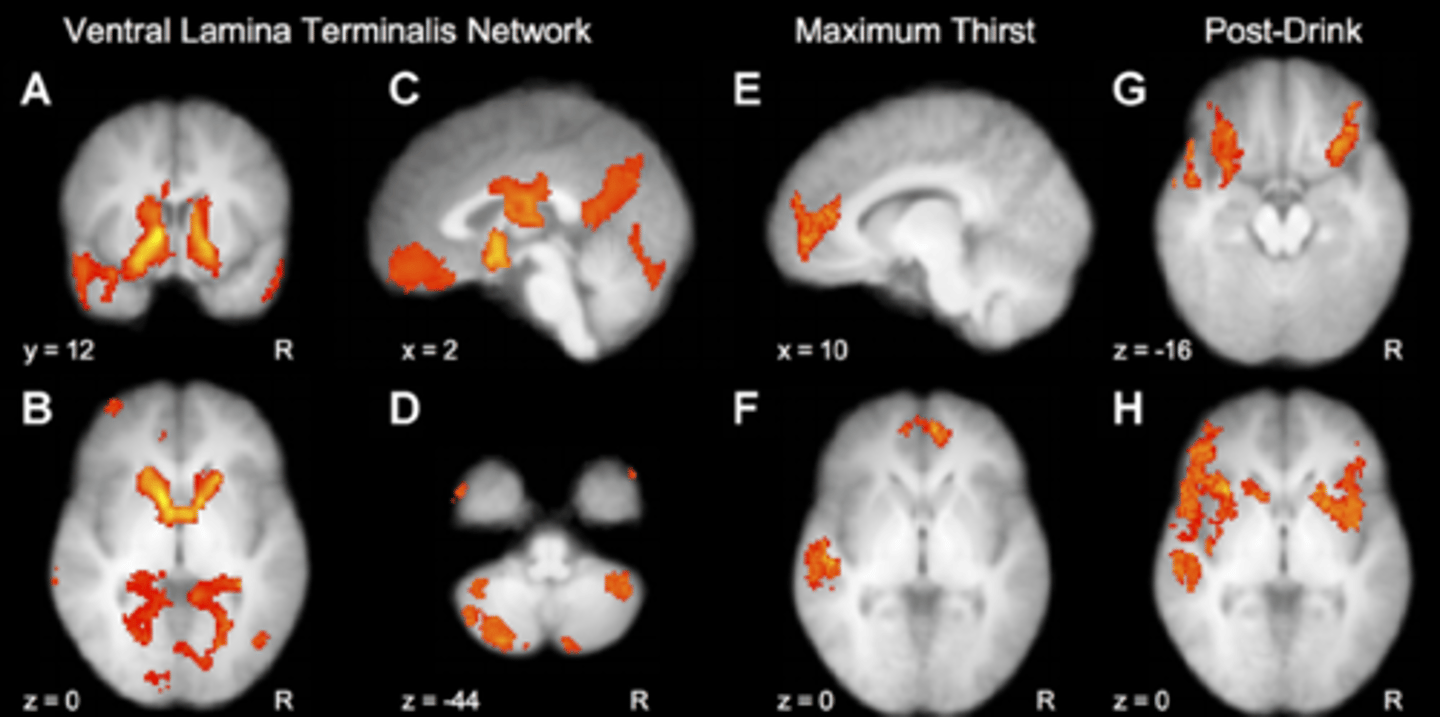
CT scans
many cross-sectional X-ray scans
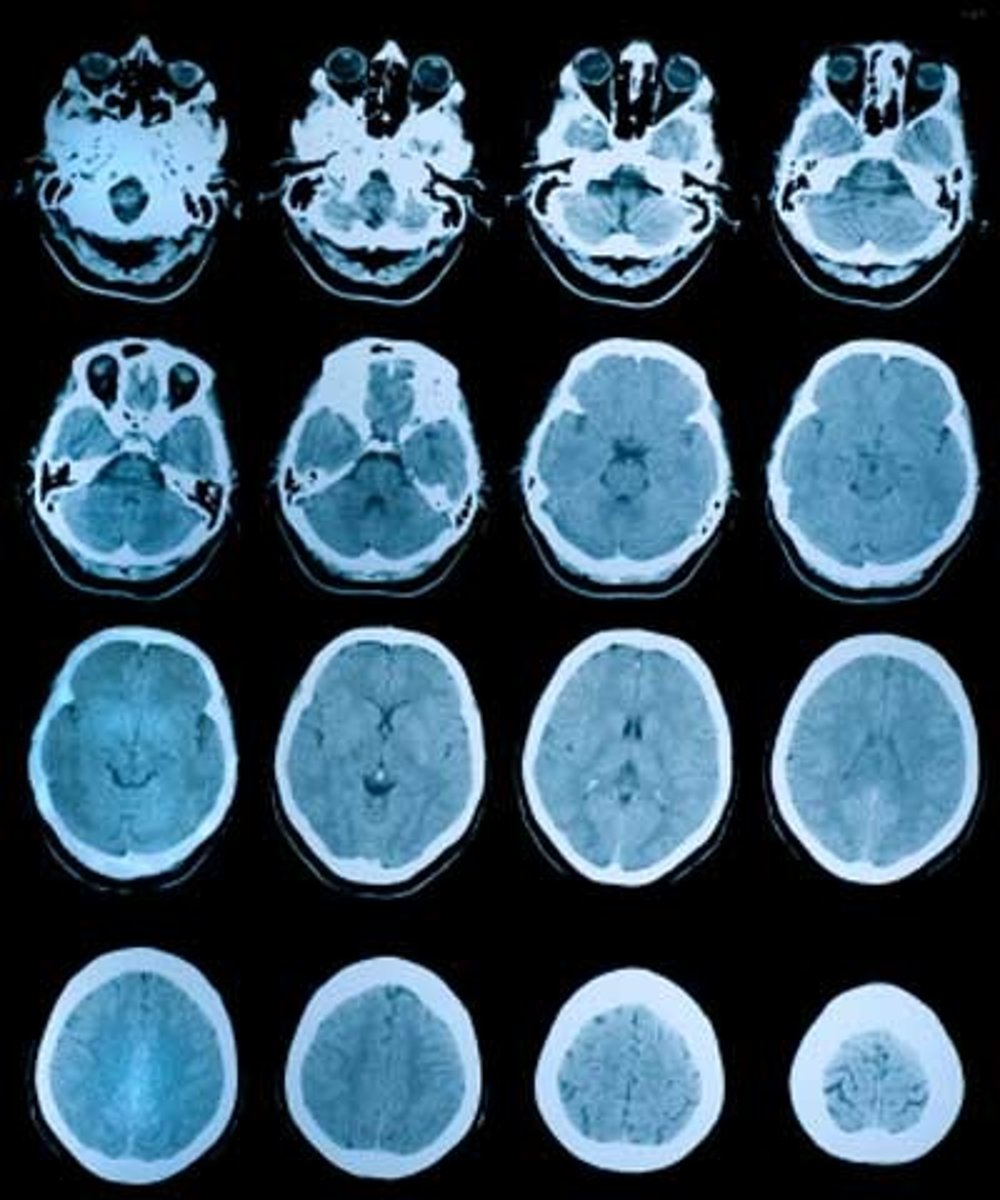
PET scans
radioactive sugar is injected; uptake throughout target tissue is imaged
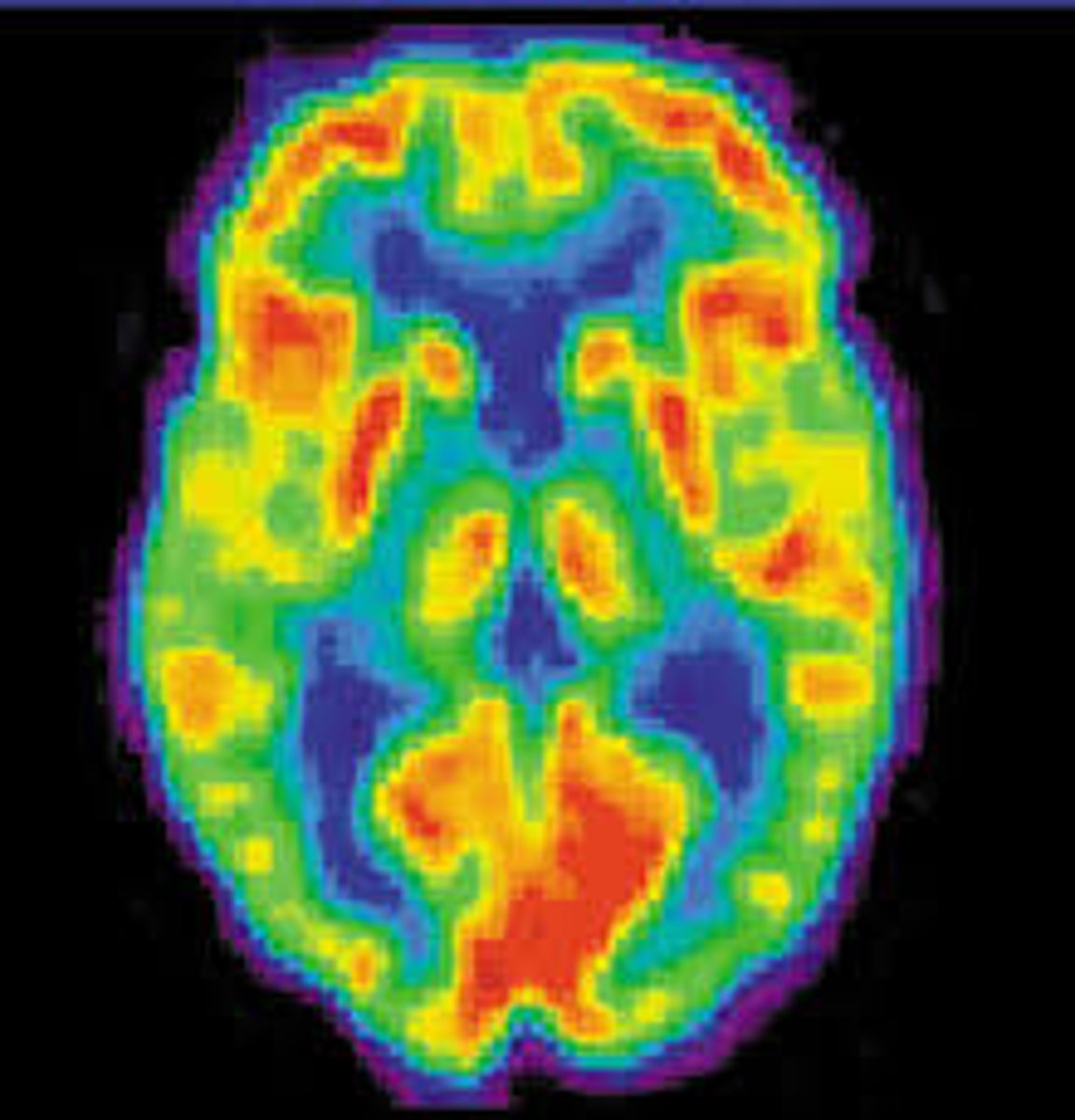
MRI
magnetic field interacts w/ H atoms to map out hydrogen dense regions of body
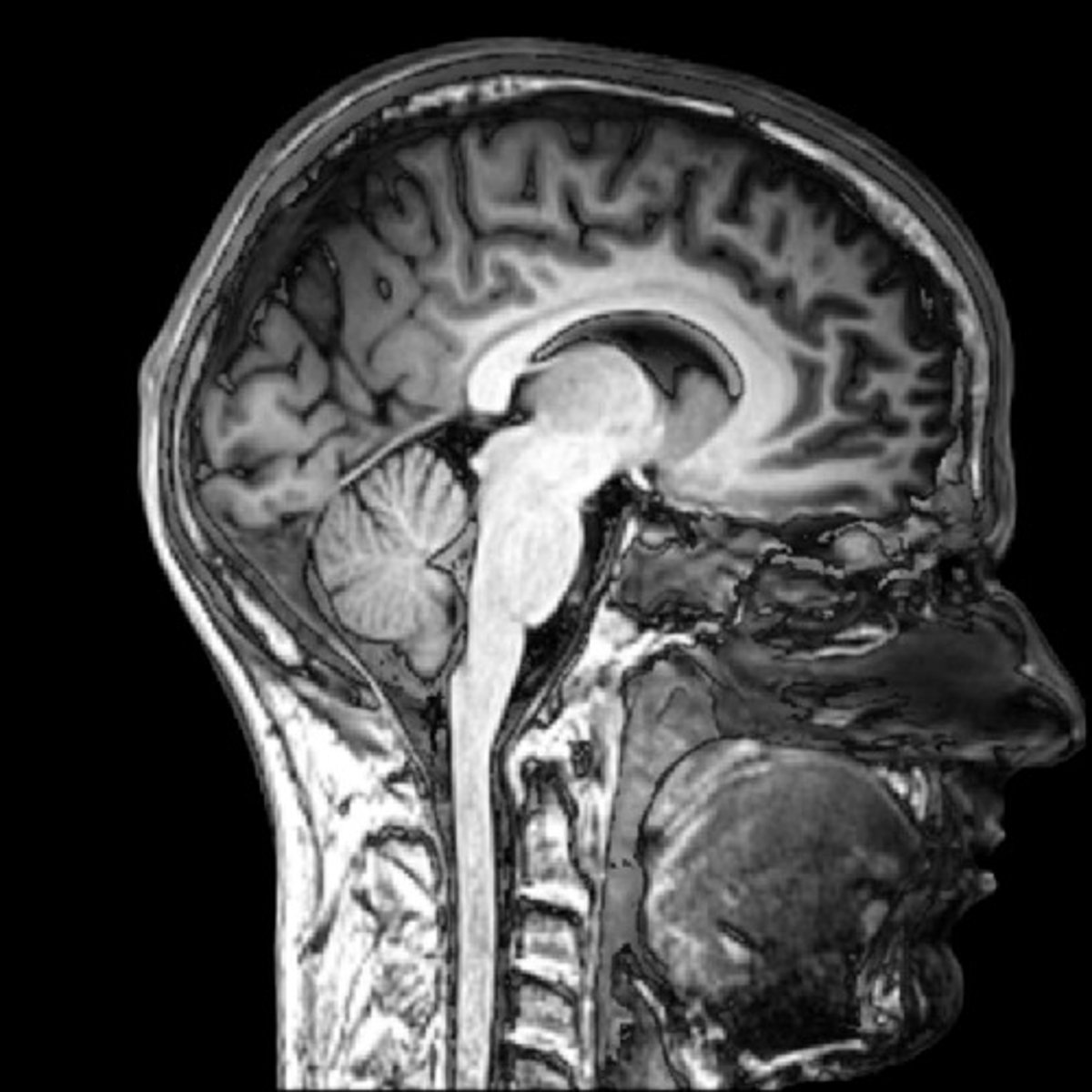
lateral hypothalamus (LH)
Lacks Hunger when removed
VentroMedial Hypothalamus (VMH)
Very Much Hungry when destroyed
Anterior Hypothalamus (AH)
Amplifies Horniness
Parkinson's disease
destruction of portions of basal ganglia
extrapyramidal system
info about body position
associated w/ basal ganglia
septal nuclei
pleasure center
amygdala
fear and rage
hippocampus
- learning and memory
- long term memory consolidation
fornix
how hippocampus talks with rest of limbic system
anterior cingulate cortex
higher cognitive processes
- impulse control and decision-making
gyri
elevated bumps
sulci
grooves
prefrontal cortex
executive function
primary motor cortex
located on precentral gyrus and in front of the central sulcus
somatosensory cortex
located on the postcentral gyrus
Wernicke's area
language reception and comprehension connected to Broca's area by arcuate fasciculus
agonist
drug that mimics neurotransmitter
antagonist
blocks neurotransmitters
catecholamines, monoamines, biogenic amines
epinephrine, norepinephrine, dopamine, serotonin
inhibitory neurotransmitters
GABA, glycine
excitatory neurotransmitter
glutamate
hypophyseal portal system
blood travels from the hypothalamus to the anterior pituitary
adrenal medulla
releases epinephrine and norepinephrine
adrenal cortex
releases corticosteroids, testosterone, and estrogen
dopamine
smooth movement and posture
neuralation
ectoderm furrows to form neural groove